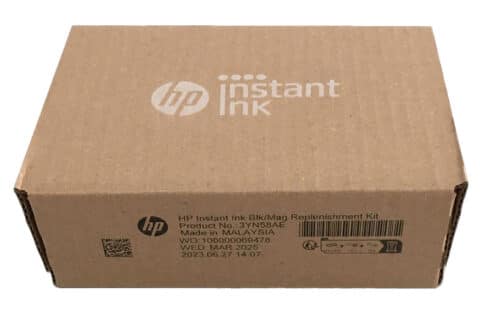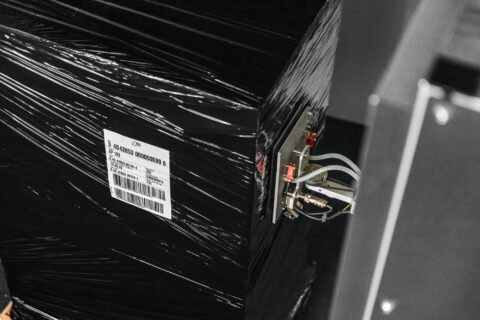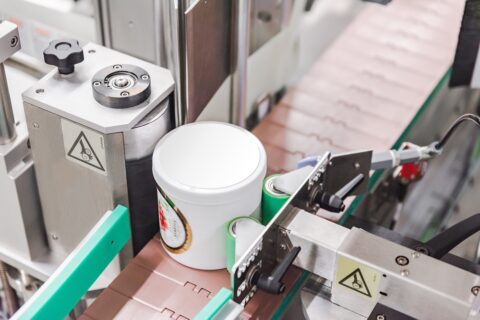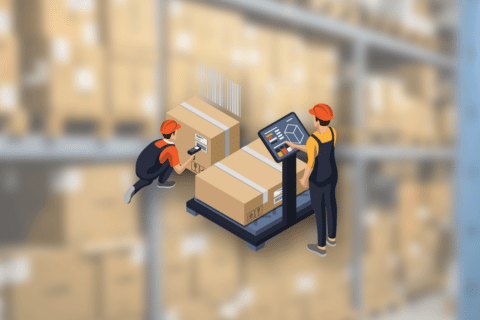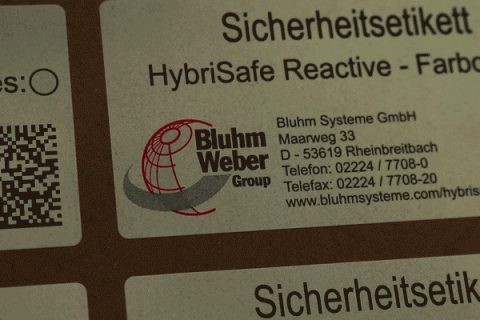RFID technology has been around for many years. The marking technology using Radio Frequency Identification (RFID) first became omnipresent in retail and logistics, where it made product traceability particularly efficient: You can trace and identify products marked with RFID labels in bulk throughout every phase of the delivery chain from purchasing to shipping to delivery – all without laying eyes on the product. RFID labeling can also help make pharmaceutical packaging smart and tamper-proof. This article looks at some important uses of RFID labeling technology in the pharmaceutics and medical-device industry.
RFID labels benefit manufacturers, hospitals and patients
Patient safety is paramount when it comes to pharmaceutical products and medical devices. That is why certain types of labels are mandatory for manufacturers, for instance to prevent counterfeit drugs or foods from being sold. Improved visibility along the entire delivery and value chain also increases economic efficiency for transport and stock levels.
RFID labels increase protection against counterfeiting
Every year, product piracy costs the industry several billion US dollars. Profits are not only impacted by the sales of counterfeit and manipulated medication. Pharmaceutics companies also pay the price of damaged reputations and illegitimate product-liability cases. Product marking plays a key role in anti-counterfeiting measures.
Tiny transponders in RFID labels store individual product information. If needed, the information can be quickly accessed for real-time tracking and authentication. Paired with special RFID readers, these labels can even be used to detect possible manipulation and serve as an effective deterrent.
RFID labels help with legal compliance
The new EU-Medical Devices Regulation 2017/745 mandates Unique Device Identification (UDI) for medical devices. UDI allows for unambiguous identification. It is affixed to each product as well as on all packaging levels and must be machine-readable.
The EU Falsified Medicines Directive 2011/62, the FDA Drug Supply Chain Security Act (DSCSA) and the Russian Crypto Code law all make serialisation of medicines mandatory.
If you already have an UDI system, barcodes can become intelligent codes by embedding RFID chips into barcode labels. RFID labels consist of a small chip with an antenna and can store up to 2,000 bytes. To access the stored information, the labels are scanned with an RFID reader.

RFID labels improve asset tracking and management
RFID labels can even withstand high sterilisation temperatures. This allows hospitals to track medical products and devices from usage to cleaning to re-usage. This is a strong benefit because lost or stolen materials in the healthcare industry rack up enormous costs per year.
Clever stock management also cuts costs. Warehouse stocks are only valuable if they are available and ready to use. During stocktaking, employees no longer need to individually pick up and turn over every single product to read the barcode. Instead, they document several products at once while simply walking by.

And finally, lost or misplaced stock can lead to delays in patient care. If a certain object goes missing because it was not put in the right place, an RFID reader can scan various storage areas from a distance until the desired tag has been located.
Have we sold you on the benefits of RFID labeling?
One more major selling point: You can re-use RFID labels because you can easily alter, add to or delete the stored information. You need suitable label software like NiceLabel or Legitronic® for coding the chips. You can get them from Weber Marking Systems. Why not get the matching labels and RFID-compatible label machines while you’re here?
Find out more about RFID marking!


